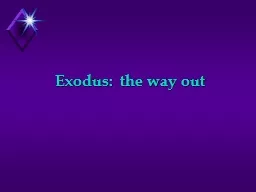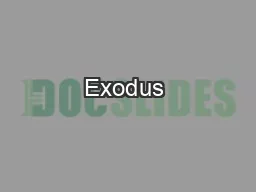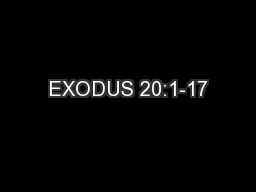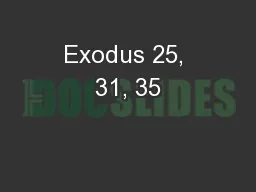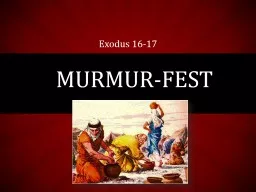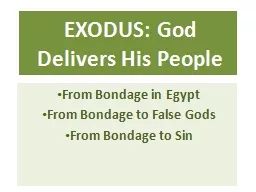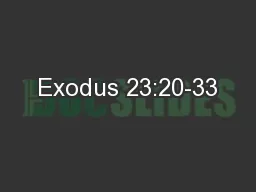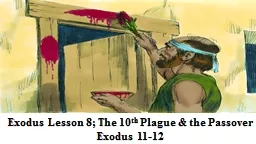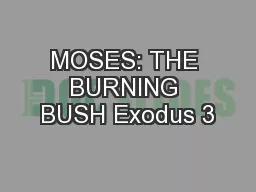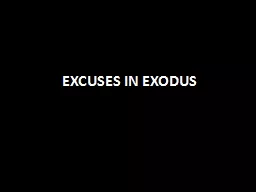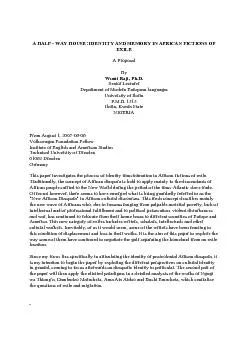PPT-From Exodus to Exile Timeline of Major Events
Author : pasty-toler | Published Date : 2018-02-06
3800 BCE Adam and Eve are created by God year 1 of the Jewish calendar 1743 BCE Abraham receives vision from God Covenant and Promised Land introduced 1314 BCE Moses
Presentation Embed Code
Download Presentation
Download Presentation The PPT/PDF document "From Exodus to Exile Timeline of Major E..." is the property of its rightful owner. Permission is granted to download and print the materials on this website for personal, non-commercial use only, and to display it on your personal computer provided you do not modify the materials and that you retain all copyright notices contained in the materials. By downloading content from our website, you accept the terms of this agreement.
From Exodus to Exile Timeline of Major Events: Transcript
Download Rules Of Document
"From Exodus to Exile Timeline of Major Events"The content belongs to its owner. You may download and print it for personal use, without modification, and keep all copyright notices. By downloading, you agree to these terms.
Related Documents


